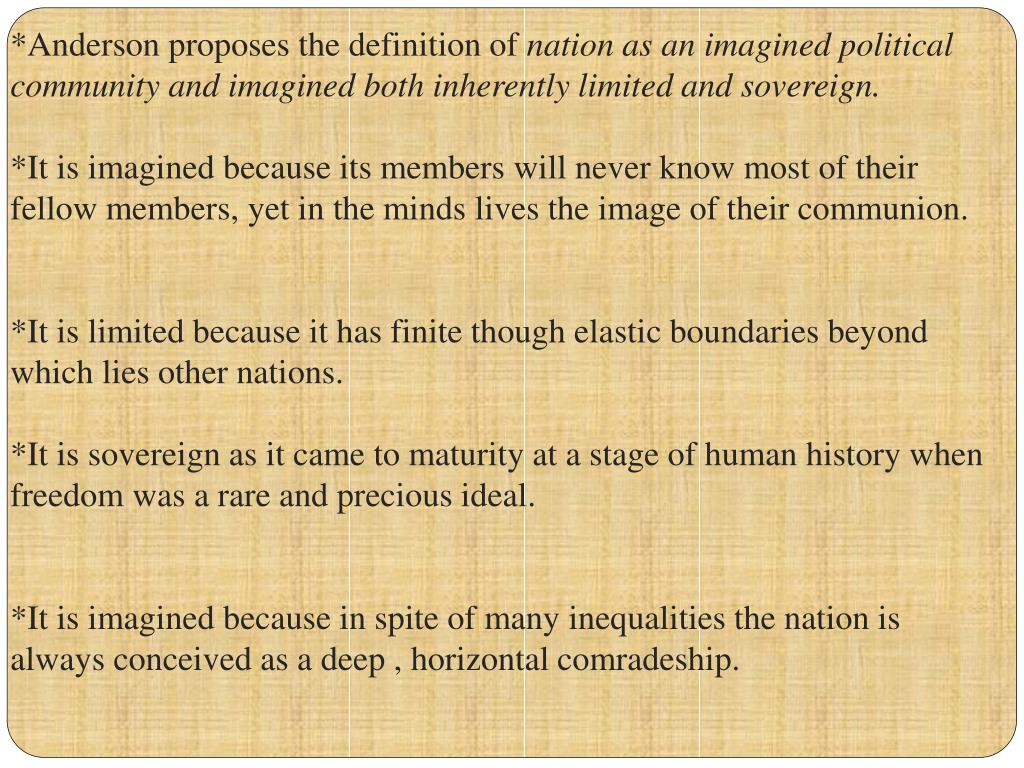

This imagination is – in part – made possible by the proliferation and expansion of communication technologies, i.e. Therefore, he argues that what is defined as ‘us’ and ‘other’ is being redefined and mixed.Ī possible of example of this new global (?) community could be seen in Occupy Movement, whereby people imagine themselves as the 99 per cent.Īs you can see from the blog ( ), the movement has a bottom-up formation, whereby participants can put up their own photos, fliers and expressions and in this way emphasize the common experiences of the ’99 per cent.’ They imagine themselves beyond the boundaries of the nation-state by not necessarily referring to their national identities rather, they imagine themselves with reference to their daily experience of capitalism and global risks. More specifically, he discusses that a global community can arise in response to global economic risks. This question has been recently brought up by Ulrich Beck (2011)* with his article “Cosmopolitanism as Imagined Communities of Global Risk.” As it can be seen from the very title of the article, he suggests we can extend Anderson’s idea of Imagined Communities to a global level. These communities are imagined as limited, sovereign and as a community within what Walter Benjamin calls homogenous, empty time.ĭeriving from Anderson’s idea of imagined communities/nations, we wonder whether it is possible to imagine communities beyond nations and nation-states – especially in the digital age. Benedict Anderson argues the dissemination of ideas through mass production of nationally bound newspapers and books within the processes of print capitalism allows national communities to be imagined.


 0 kommentar(er)
0 kommentar(er)
